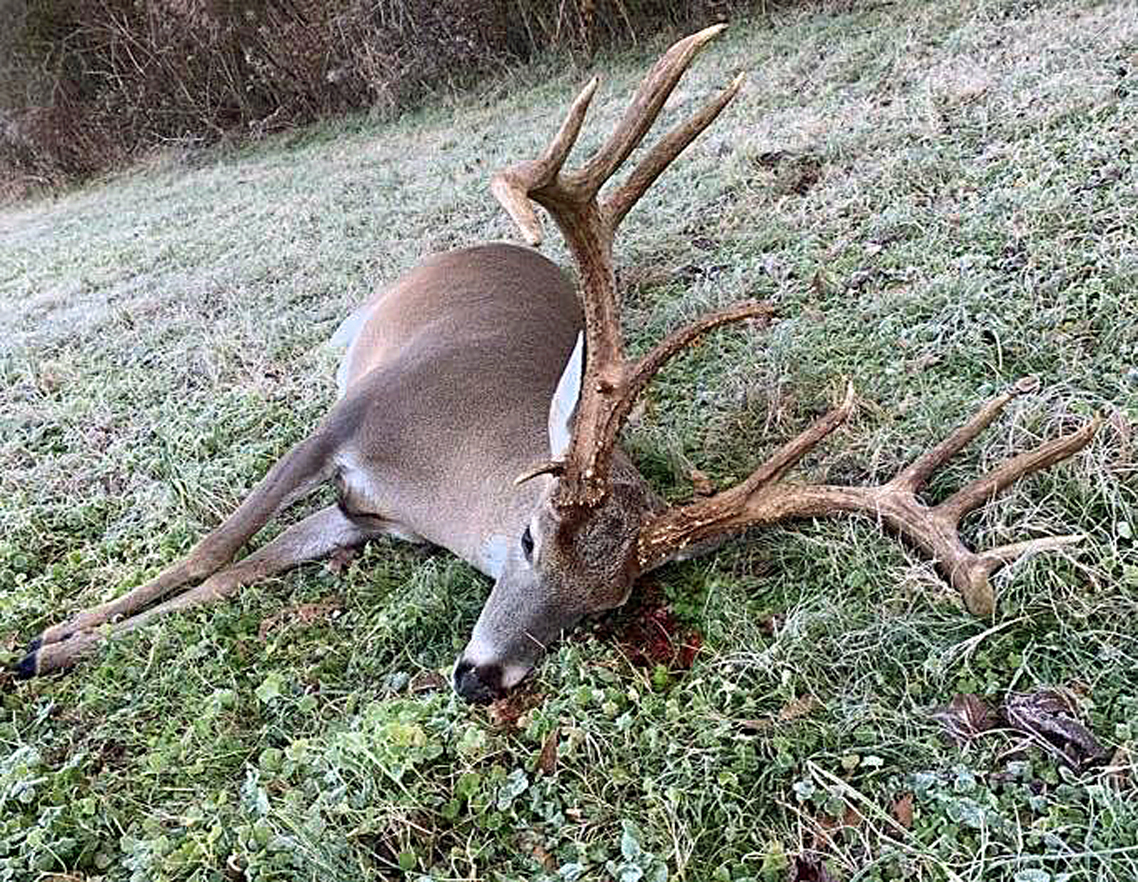Deer Deaths Last 10 Days: A Closer Look at the Recent Increase in Mortality

Over the past ten days, there has been a concerning rise in deer deaths across various regions. This sudden increase in mortality has raised questions among wildlife experts and conservationists. Understanding the factors contributing to these deaths is crucial for implementing effective measures to protect the deer population. In this article, we will delve into the possible causes behind this phenomenon and explore potential solutions to mitigate the impact on these majestic creatures.
1. Environmental Factors:
The first aspect to consider when examining the recent surge in deer deaths is the influence of environmental factors. Extreme weather conditions, such as severe storms or prolonged periods of intense heat, can have a significant impact on wildlife populations. These events can disrupt their natural habitats, limit food availability, and increase stress levels, making deer more susceptible to diseases and predation.
Additionally, habitat loss due to human activities, such as deforestation or urbanization, can force deer into unfamiliar territories where they may face increased risks. Encroachment on their natural habitats can lead to higher rates of road accidents, as deer are forced to navigate through unfamiliar landscapes and cross busy highways.
2. Disease Outbreaks:
Another potential cause of the recent spike in deer deaths could be disease outbreaks. Deer populations are vulnerable to various diseases, including chronic wasting disease (CWD) and epizootic hemorrhagic disease (EHD). These diseases can spread rapidly within herds, leading to significant mortality rates.
Chronic wasting disease is a transmissible neurological disorder that affects deer, elk, and moose. It causes weight loss, behavioral changes, and ultimately death. Epizootic hemorrhagic disease is transmitted by biting midges and can cause internal bleeding, fever, and severe weakness in infected animals.
Monitoring and early detection of these diseases are crucial for implementing appropriate management strategies, such as culling infected individuals or implementing vaccination programs. Collaborative efforts between wildlife agencies and researchers are essential to effectively combat these outbreaks.
3. Human Interactions:
Human interactions can also play a role in the recent increase in deer deaths. Illegal hunting, poaching, and vehicle collisions are all potential contributors to mortality rates. Unregulated hunting practices or the illegal trade of deer products can have devastating consequences for local populations. Stricter enforcement of hunting regulations and public awareness campaigns can help reduce these human-induced risks.
Moreover, vehicle collisions pose a significant threat to deer populations. As urban areas expand and encroach upon natural habitats, the likelihood of deer-vehicle collisions increases. Implementing measures such as wildlife crossings, speed reduction zones, and public education campaigns can help mitigate these risks and protect both deer and motorists.
4. Predation Pressure:
Predation is a natural aspect of wildlife ecosystems, and deer are not exempt from it. Predators such as wolves, coyotes, and mountain lions play a crucial role in maintaining ecological balance. However, an imbalance in predator-prey relationships can lead to increased mortality rates among deer populations.
Factors such as changes in predator populations, habitat fragmentation, or the absence of natural predators can disrupt this delicate equilibrium. Conservation efforts should focus on promoting healthy predator-prey relationships while ensuring the safety and sustainability of deer populations.
Conclusion:
The recent surge in deer deaths over the past ten days has raised concerns among wildlife experts and conservationists. Environmental factors, disease outbreaks, human interactions, and predation pressure all contribute to the mortality rates observed in deer populations. Understanding these factors is crucial for implementing effective management strategies to protect these majestic creatures.
To address these challenges, collaborative efforts between wildlife agencies, researchers, and the general public are essential. Monitoring and early detection of diseases, stricter enforcement of hunting regulations, implementing measures to reduce vehicle collisions, and promoting healthy predator-prey relationships are all steps that can be taken to mitigate the impact on deer populations. By working together, we can ensure the long-term survival and well-being of these iconic animals in our ecosystems.





